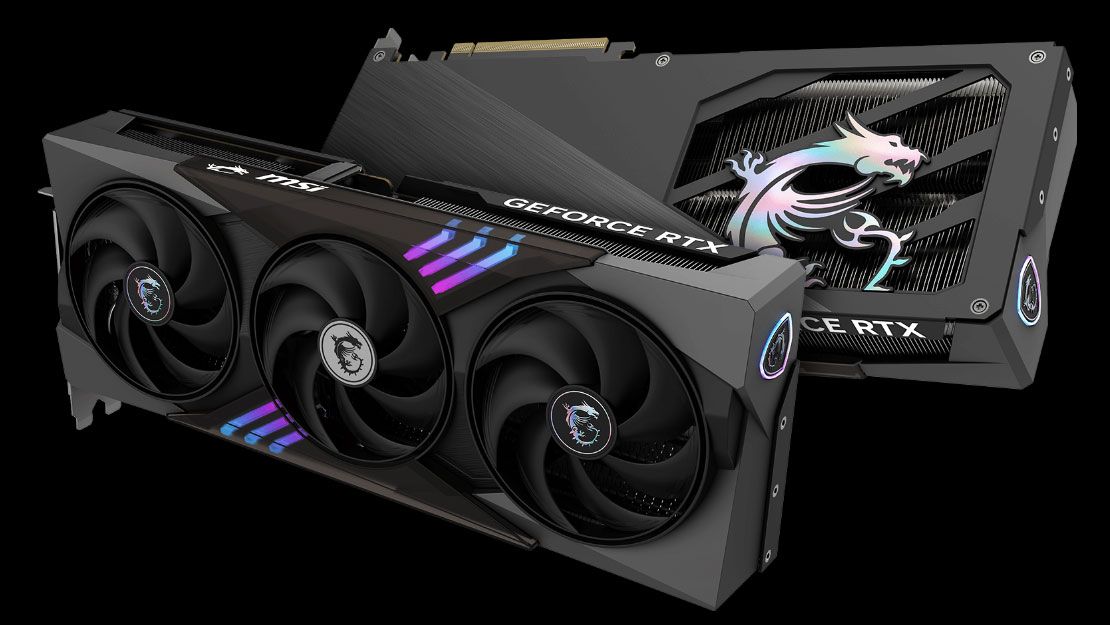Nvidia's RTX 5070 Ti Stumbles: Silent Chip Flaw Slashes Graphics Performance

In a surprising turn of events, the tested model revealed a notable deviation from its official specifications. The review uncovered that the model's Render Output Units (ROPs) were 8.3% lower than the manufacturer's original claims. This discrepancy highlights the importance of rigorous independent testing and the potential gaps between marketed specifications and real-world performance. While the difference may seem modest, it could have meaningful implications for the device's graphics processing capabilities and overall performance.

